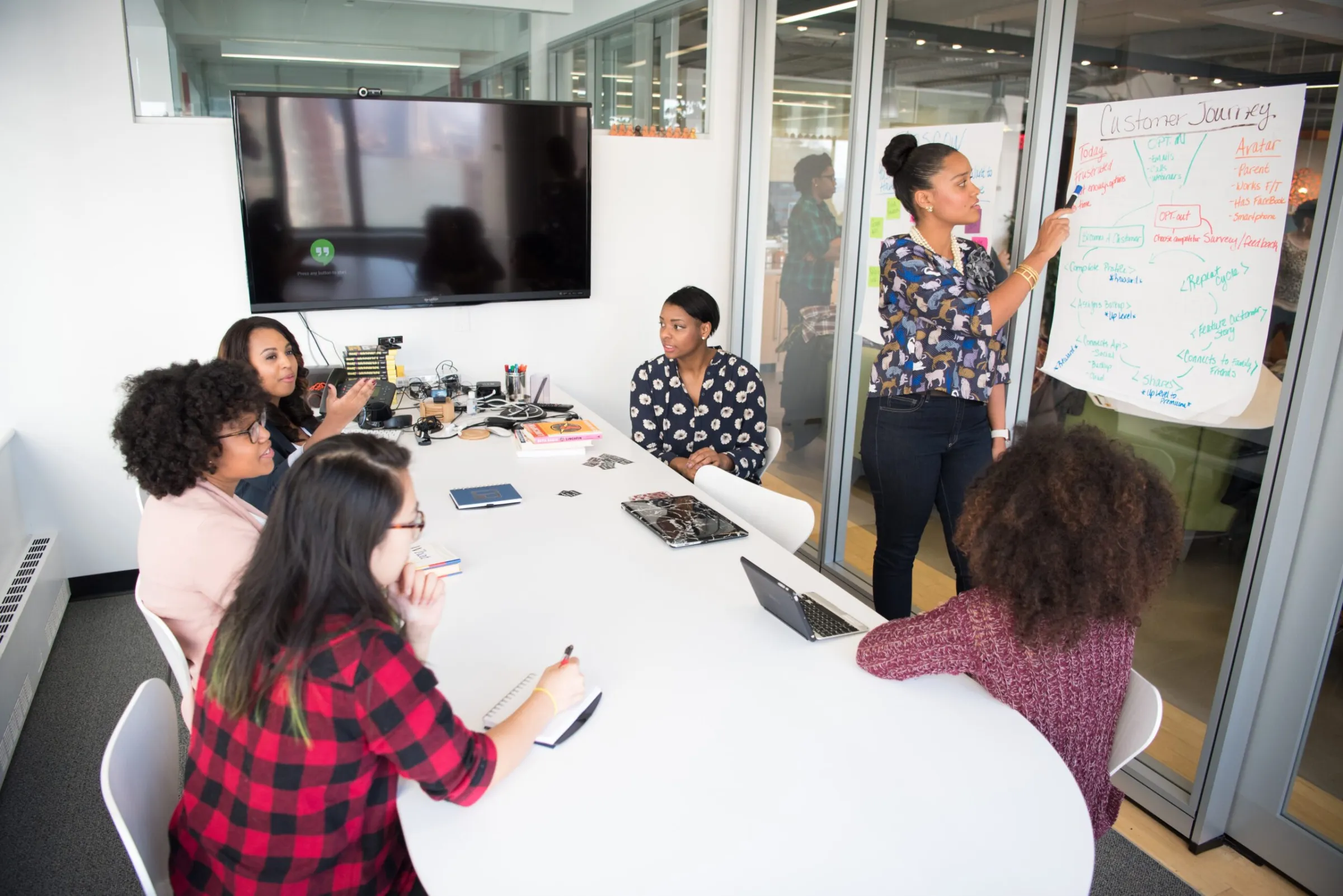One of the fundamentals of Lean Startup Methodology is the “build-measure-learn” loop. While many startups understand this intuitively, some battle with the “learn” part of the loop.
That’s understandable. Building comes intuitively and is baked into every startup’s DNA. Measuring is pretty simple too. Depending on what you’re trying to measure, there are any number of tools that allow you to do so.
So what makes learning so difficult? And how can startups ensure they inculcate a culture of learning within the organisation?
Properly structuring experiments
In order to learn anything from the things they build, startups have to structure them properly. That means treating them like an experiment.
Broadly speaking, there are two kinds of experiments that startups engage in: generative or evaluative. The first entails generating a clear idea, while the second entails figuring out whether we have a clear hypothesis to evaluate.
Doing so requires understanding what a good hypothesis is. Any worthwhile hypothesis should be simple and unambiguous, measurable, describe a relationship, have a cause and effect component, and be measurable. Most importantly, it should be falsifiable.
As we’ve previously written, a good falsifiable hypothesis looks something like this:
“This new feature will cause a 10 percent increase of new users visiting the homepage in 3 months”.
For a more detailed look at how to successfully structure experiments, download The Real Startup Book, which we helped write.
The ego problem
It takes a certain amount of ego to launch a startup. After all, to build a successful business, you need to believe you can do so.
But ego can also get in the way of effective learning. Some founders find it difficult to get past their ego and learn the real lessons from the products they build and the measurement of their success.
If an experiment failed because a technology deployed by the founder didn’t take, they may blame it on their customers. Blinded to their own failures, they can fail to properly learn from their mistakes.
It’s therefore important that founders have strong mentorship and, as they grow, employ people who aren’t afraid to speak truth to power.
‘Let’s see what sticks’
One of the criticisms leveled at the ‘build-measure-learn’ loop is that it’s like throwing stuff against a wall and seeing what sticks.
As Steve Blank notes, those who level this kind of criticism usually don’t understand how the process actually works.
As Blank writes:
“The goal of Build-Measure-Learn is not to build a final product to ship or even to build a prototype of a product, but to maximize learning through incremental and iterative engineering”.
Startups who don’t understand this often build and measure just fine, but only learn one lesson (usually “that didn’t work”), before moving on to the next thing.
Real success only comes when release themselves from the frenzy of building and start learning iteratively.
How to fix it
At innoway, we’ve found that startups only embrace the part of the “build-measure-learn” loop when they’re ready to.
At this point, coaching can go a long way to ensuring that startups understand what real learning is.
As we’ve already mentioned, making the right hires can also ensure that learning becomes ingrained in a startup’s culture.
Ultimately, however, this can only happen if everyone within the organisation feels free to experiment and make mistakes. Learning cannot happen in a space of fear, and the more confidence people have, the more likely they are to learn.
Did you know that innoway has a virtual startup incubator? Contact us here if you’d like to be part of it.



